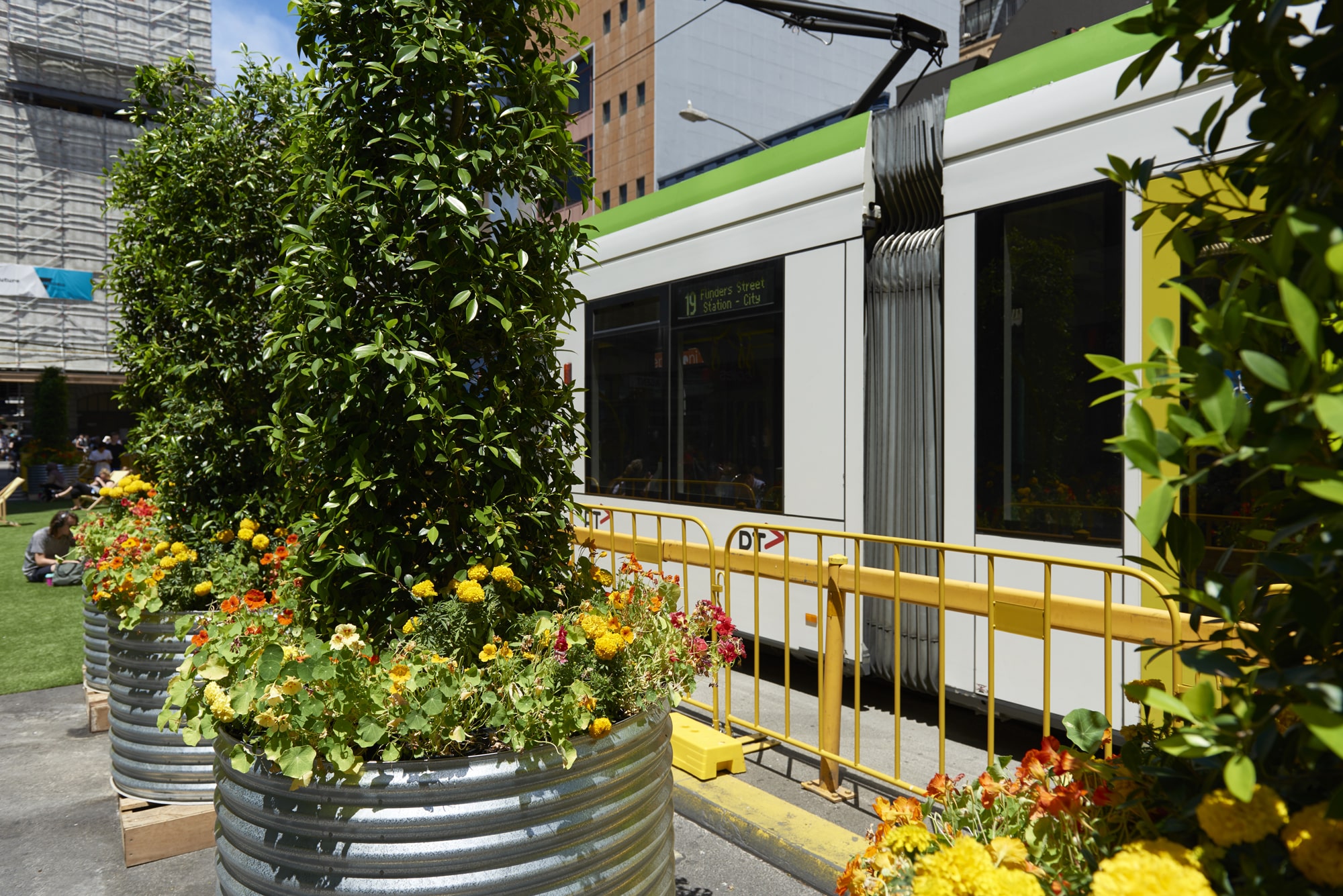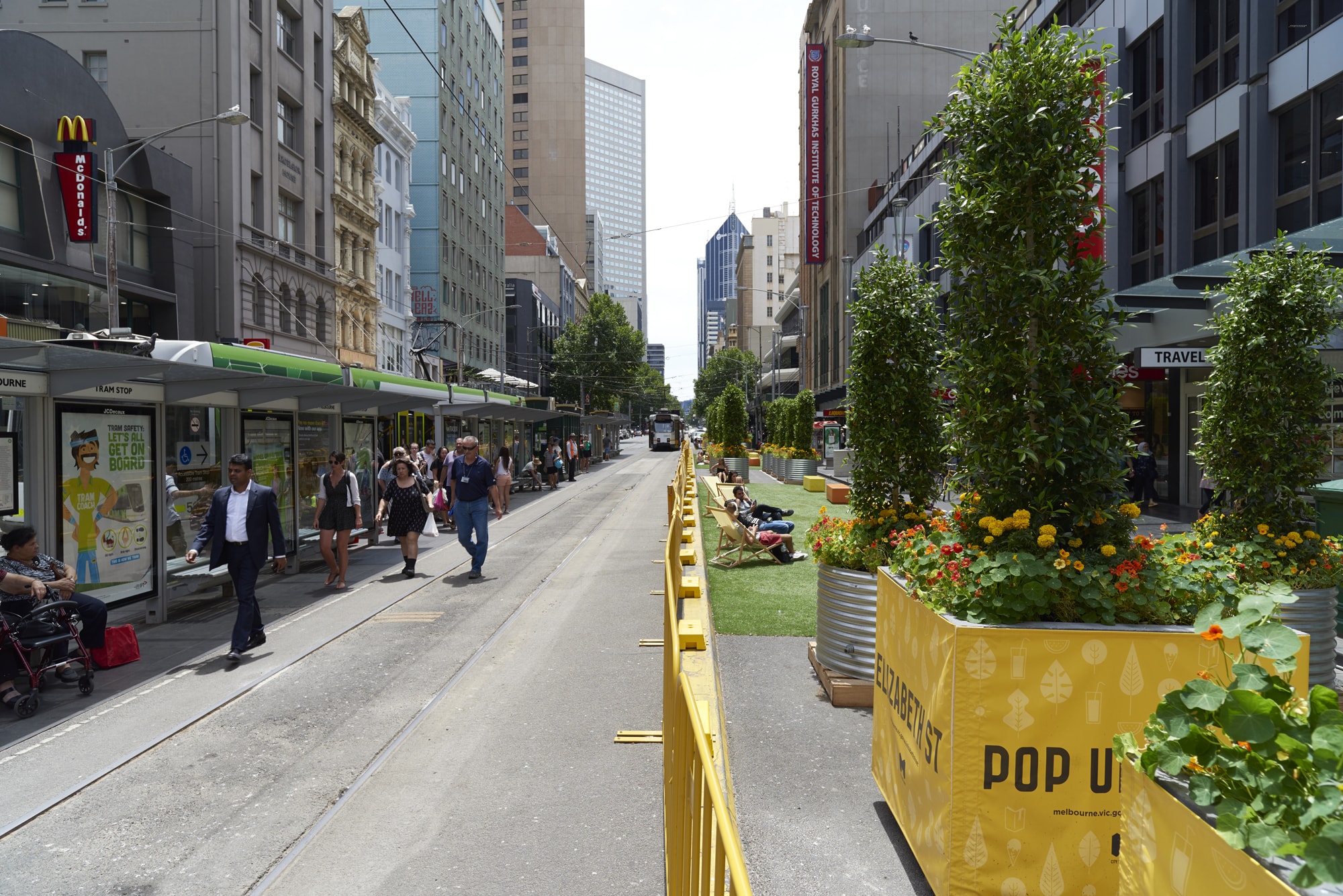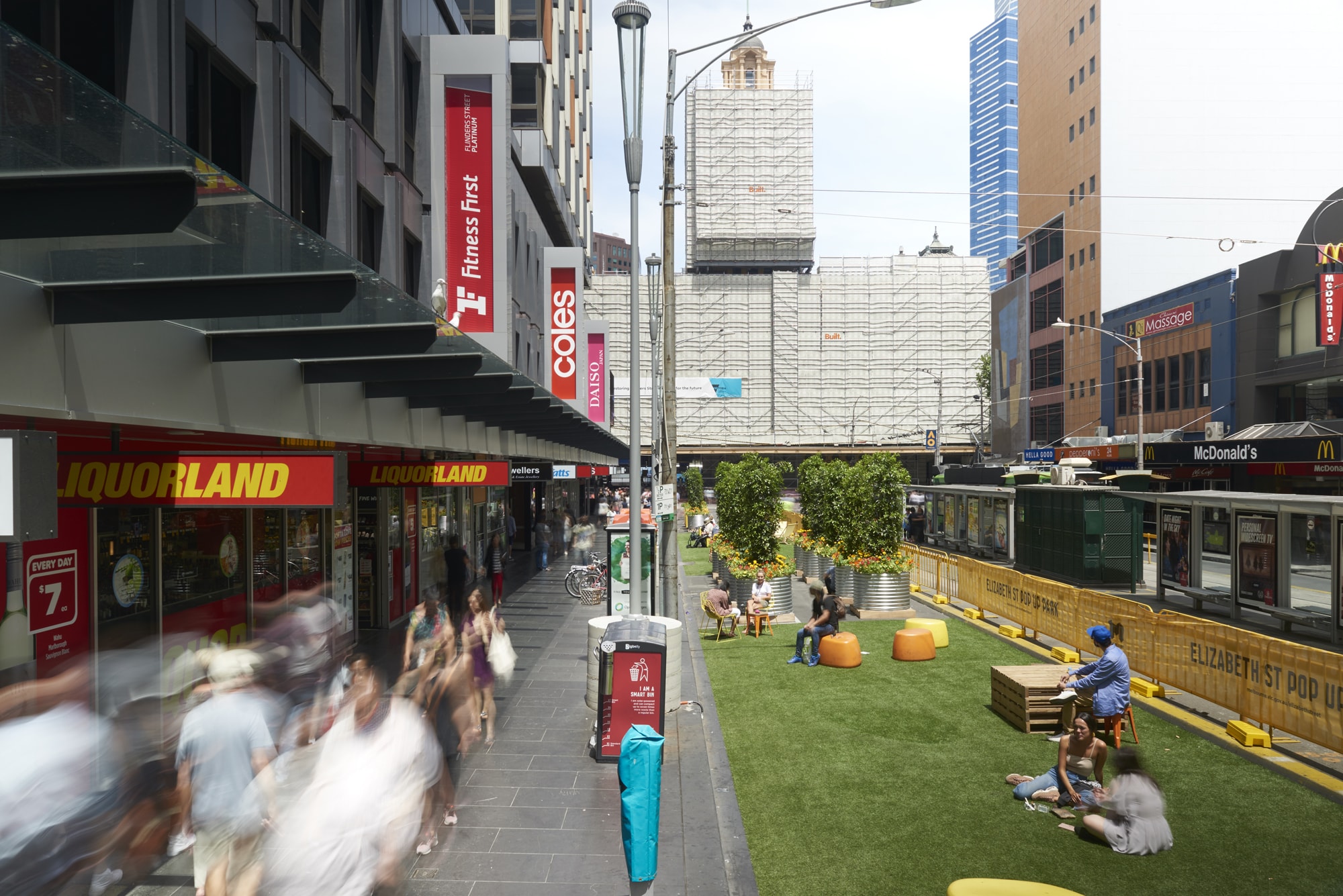'Minimum Viable Place': A New Approach to Activating Places in Our Cities
In 2007, now-CEO of Dropbox Drew Houston believed he had developed a product that would solve the problems with file synchronisation that nobody knew they had.
Unfortunately, many potential customers couldn’t understand the concept of Dropbox when it was explained to them and investors couldn’t see how the product was different to the dozen others on the market.
Houston needed to allow potential customers to test his product so they could experience its magic for themselves, but he couldn’t afford to develop the product fully.
Houston’s solution was a four-minute-long narrated video that he published online which showed exactly how seamless and efficient of a file-sharing tool the application was. Overnight, thousands of people visited the Dropbox website and the beta waiting list went from 5,000 people to 75,000 people.
This demo video is an example of a "Minimum Viable Product" — a strategy where a new product is developed insofar as is has sufficient features to satisfy early adopters.
This technique is unique from traditional product development because the underlying goal is to start a learning process. Instead of releasing a finished and (hopefully) perfect product into the market, developers release a product that entices people to use or buy it initially, demonstrates future benefit to retain early adopters and provides a feedback loop to guide future development.
This technique is understandably big in the tech and design industries — and highly effective when utilised correctly.
Interestingly, those who develop place face many of the same difficulties as those who develop products: long-term timelines; big upfront costs; establishing, maintaining and capitalising on interest from investors and the public; maintaining and increasing momentum; increasing product or place value with each stage of development; and securing feedback in early development phases and incorporating feedback received in later development phases.

Minimum Viable Product, for developers
This begs the question of whether Minimum Viable Product could be adapted and applied to the development of places.
The Space Agency is a strategic consultancy and place management company that have done just this, coining the term "Minimum Viable Place" in 2017.
But Minimum Viable Place does more than just replicate the benefits of Minimum Viable Product, it also tackles some of the problems that are unique to place development: construction interference; the lack of amenities and services available in early development phases; lack of place experience; and difficulty bringing people to place and establishing behaviour.
With all of these benefits in mind, a Minimum Viable Place can succinctly be defined as a strategic process that enables developers to achieve early site activation, prototype new formats for space, and drive public engagement with minimal upfront investment.
Elizabeth Street pop-up park
If you have walked down the Flinders Street end of Elizabeth Street in the Melbourne CBD recently you will have noticed the bright and user-friendly pop-up park. In the near future, the City of Melbourne will create a permanent public space here. While passers-through and surrounding business owners may not know it, the Elizabeth Street Pop-Up is a Minimum Viable Place that offers a taste of what is to come.
Elizabeth Street is a straightforward example of how Minimum Viable Place allows ideas and innovations, along with market demand, to be tested and responded to. Just as Minimum Viable Products are pivoted and adapted according to user feedback in the development process, so are Minimum Viable Places.
When a Minimum Viable Place is constructed, a real-life feedback loop that allows for the positive exchange of information in all stages of development is also established.
Related reading: Melbourne to Celebrate Summer with 'Pop-Up Park' in CBD

In the case of Elizabeth Street, users requested more chairs and less programming, demonstrating that what people want from new inner-city public spaces are not more things to do, but rather, more places to dwell, relax and eat their lunch. The project has also proved that a road closure in this part of town is manageable and safe with little impact on congestion.
After receiving this feedback in early development stages, developers can then explore solutions and refine designs. Here, future use is being tested and interacted with in a format that is low cost and easy to manage. This is particularly significant for lengthy staged projects where the market will change over time.
But Elizabeth Street already had a lot of activity before the Minimum Viable Place was constructed, so let’s instead imagine we were to take the Elizabeth Street Pop-Up and place it in the middle of a new greenfield development site.
Using Minimum Viable Place in development
When potential homebuyers visit a display village they would interact with this space — which would allow developers to determine how the prospective residents of their new neighbourhood might want to utilise public space. What’s more, the temporary green would showcase the lifestyle future residents could expect if they were to invest in the community.
The notion that it is easier to "show the dream" than to "sell the dream" is extremely relevant here, as prospective residents would be able to get a taste of their future before they signed on the dotted line.
For long-term projects, such as the construction of a greenfield development, Minimum Viable Place can be utilised to ensure the project doesn’t lose momentum and the attitudes of early adopters remain positive.
When working with some of Australia’s largest residential developers, The Space Agency has used the Minimum Viable Place approach to deliver early amenity, establish place identity, support community development, introduce commercial opportunities and drive behaviour change. These outcomes are significant, and are expanded on below.

Delivering early amenity
The delivery of a Minimum Viable Place ensures places being developed have sufficient amenity and services to satisfy local residents, new settlers and project stakeholders from day one. Small and simple additions such as bike parking, shade structures and public water fountains make a place instantly more liveable and encourage more street life and walkability.
Establishing a place identity
A Minimum Viable Place plays a powerful role in growing the profile of a new or transitioning location — through their design, intention and the activities hosted on site, they support the development of a unique place character and identity. In this way, a Minimum Viable Place transforms a project brand into a real and lived experience that will continue to motivate the community into the future. It is also an excellent way to continue to drive sales and investment into place, particularly over an extended development timeline.
Supporting community development
A Minimum Viable Place enables the community to be highly involved in the prototyping of spaces and influencing future place outcomes. Particularly in greenfield developments, a Minimum Viable Place plays a critical role in helping the new community establish themselves. This is achieved by providing opportunities for community members to work together, such as in a reference group on activation programming; delivering interim community spaces, such as meeting facilities or community gardens; and offering social experiences, such as community events and fundraisers.
Introducing commercial opportunities
By establishing a platform for activity and a place where people can dwell, a Minimum Viable Place supports new local businesses and their workers. This effort is critical to supporting commercial operators through the development phases and ensures that high quality tenants remain in the precinct. Having a commitment (and a plan!) to do this from the outset is also incredibly important for drawing in new tenants; it proves not just a willingness, but a capacity to deliver.
Driving behaviour change
What is perhaps the most exciting strength of a well-designed and executed Minimum Viable Place, however, is its ability to influence and establish behaviour within a place that aligns with the vision for its future. If the first residents of a greenfield community are using local public spaces, services and amenities from day one, that behaviour will seamlessly transition to them using permeant public spaces, services and amenities when the final stages of development are complete. And once you have people in the streets using public space, it is that much easier for retail and food and beverage outlets to draw customers in and make sales. Public space therefore contributes to good business longevity. An active street life also means active people and a diverse and inclusive society.

One of the biggest drivers for The Space Agency in establishing Minimum Viable Place was born from first-hand experience with the failures of the "build it and they will come" mentality. In reality, a place evolves over time, growing in viability, vibrancy and value — and just like a product or technology, a place requires interaction from early adopters and end-users to adjust, evolve and become the best version of itself because this is the version people will invest in.
Minimal Viable Place is ground-breaking, refreshing and full of potential — it is also simple, logical and highly accessible. It is a strategy that readily fosters consultation and collaboration — which are key to successful development — between developers, early adopters and every stakeholder in between.
The Urban Developer is proud to partner with The Space Agency to deliver this article to you. In doing so, we can continue to publish our free daily news, information, insights and opinion to you, our valued readers.















